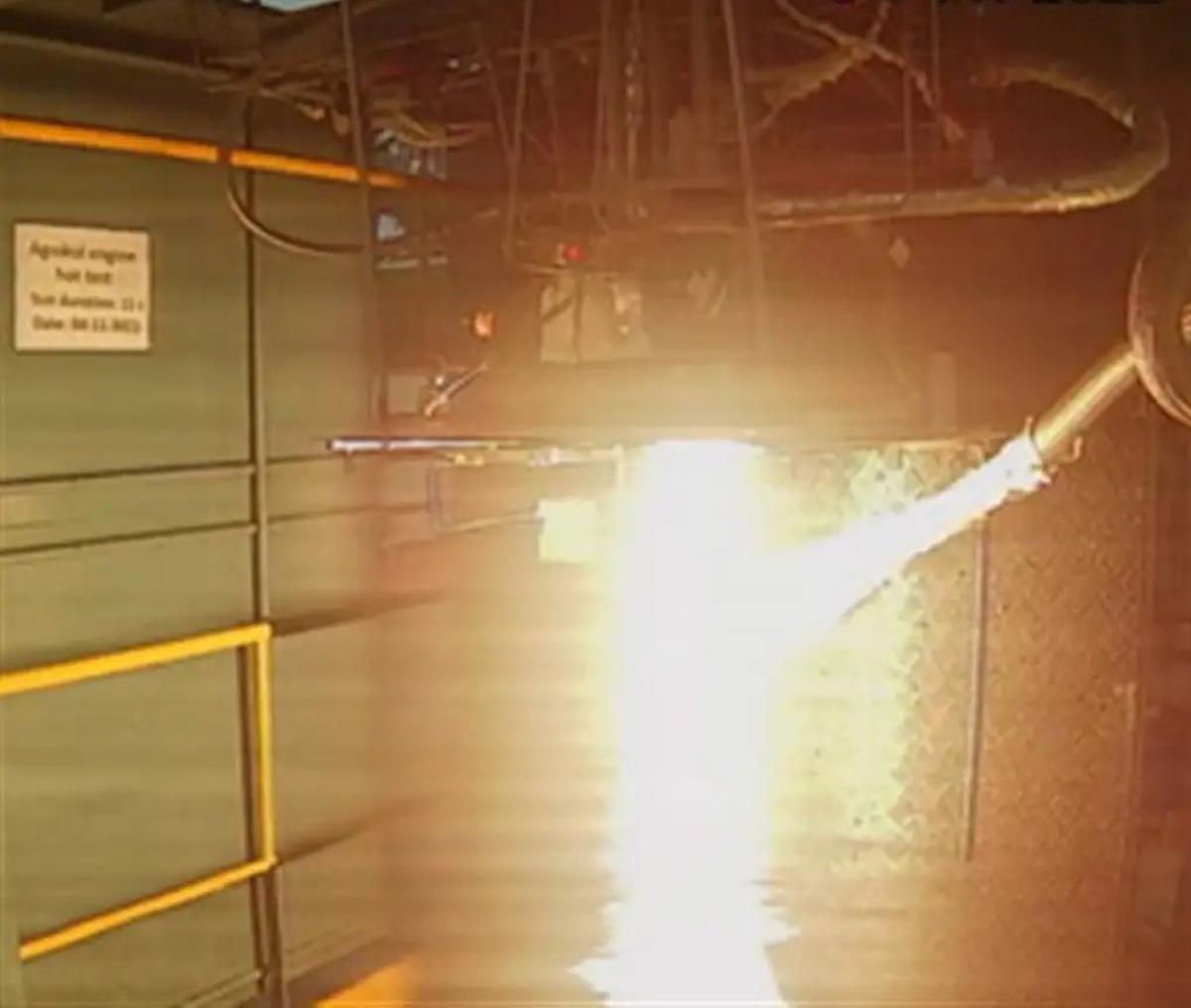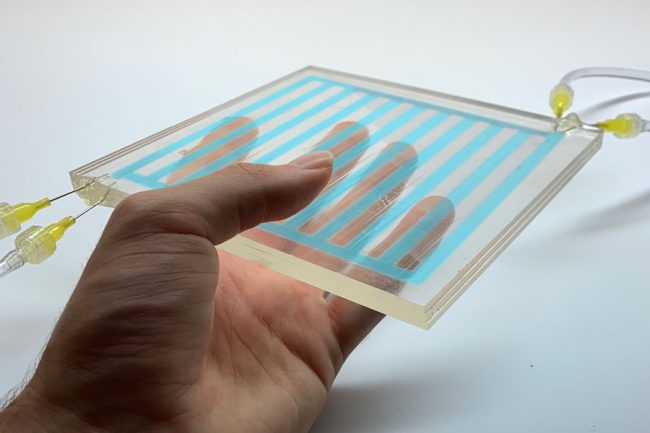Satellite communication has immensely evolved over the years and transformed the way we stay connected with one another in a progressively digital world. Modern satellite networks not only build great connectivity between people of different areas but also serve global communication to a vast number of end-users instantaneously. From radio and television broadcasting to cellular and internet connections, satellite communication contributes the major to modern communication. Many satellite companies nowadays use advanced satellite systems designed to provide a thousand end-users with simultaneous communication through a single satellite network. As a result, people can enjoy continuous connectivity now. Therefore, in areas where seamless communication is essential, satellite communication becomes important. In this article, we will mention some significant evolutions in satellite communication and their modern applications.
Flexibility in Channel Allocation
Another significant advancement of satellite communication is flexibility in channel allocation. Now, satellite networks offer IoT channels precisely for low-data-rate broadcasts. This is one of the most notable applications of satellite networks for ongoing tracking, telemetry, and facility (TT&C) messages between central servers and end-users. Along with this, you can access a long list of dedicated channels through real-time connectivity, which is vital for emergency, expertise, and control situations.
Cost Efficiency of Satellite Communication
One aspect of the advancement of satellite communication is its cost efficiency. It has been taken several innovative measures to serve low-data-rate users, including the optimization of channel utilization. It has helped to reduce the cost of satellite communication. Thus, end-users can now buy a monthly package and take full advantage of their data usage without worrying about the high airtime costs required for network management.
Hybrid Connectivity in Satellite Communication
Hybrid connectivity solutions also have a significant role in boosting the affordability and efficiency of satellite communication. A great example of a hybrid system is the combination of LTE/4G connectivity and satellite. With the help of this type of hybrid system, users can enjoy a seamless transition while moving in and out of the cellular coverage areas. This integration helps to boost the efficiency of satellite communication while reducing costs. Therefore, hybrid connectivity offers a lucrative solution for enjoying continuous connectivity.
Modern Applications of Satellite Communication
Satellite communication serves various modern applications, including television broadcasting, global telecommunications, and internet connectivity. People from remote areas can now access live data on weather forecasting and disaster management, and enjoy GPS connectivity through navigation systems involving satellite communication. As satellites relay important information and help to maintain continuous communication links, military operations, and scientific research also benefit from satellite communication. Technological advancement has introduced various high-resolution satellites for the observation of Earth. These satellites help to monitor the environment around Earth and manage resources. It is anticipated that the integration of artificial intelligence (AI) and machine learning (ML) into satellite systems will improve the reliability, performance, and efficiency of satellite communication, revolutionizing its applications.
Considering these crucial advancements in satellite communication, we can recognize the ongoing innovation and the use of more advanced technologies in this field. With the help of technological advancement, satellite communication has become more flexible, cost-effective, and efficient for global users. With the continuous evolution of satellite technology, there is a huge possibility for superior global connectivity in satellite communication.







